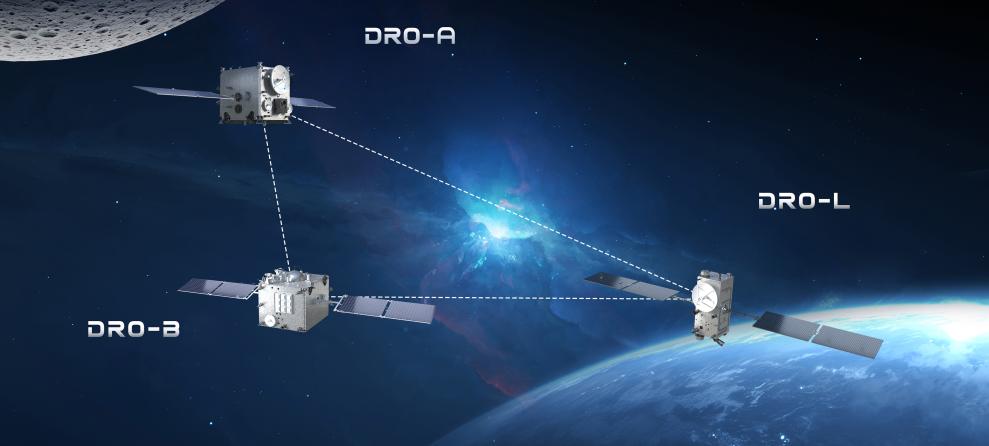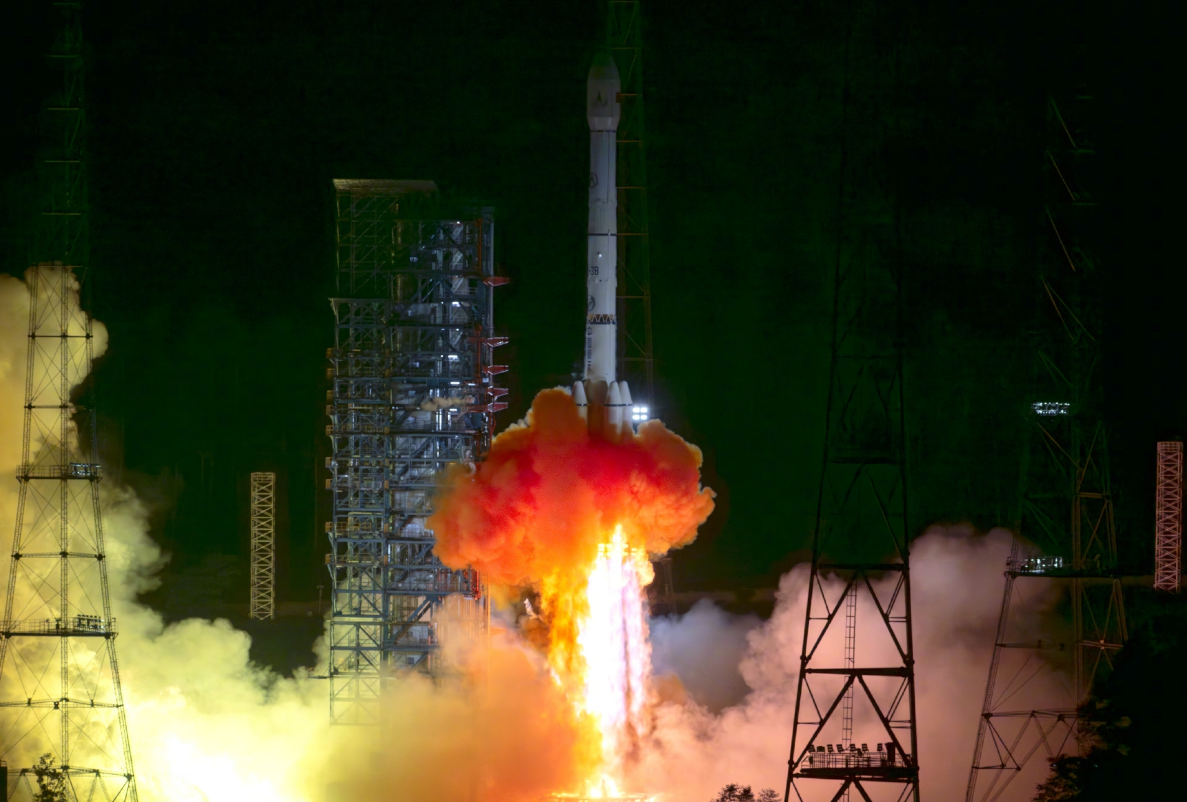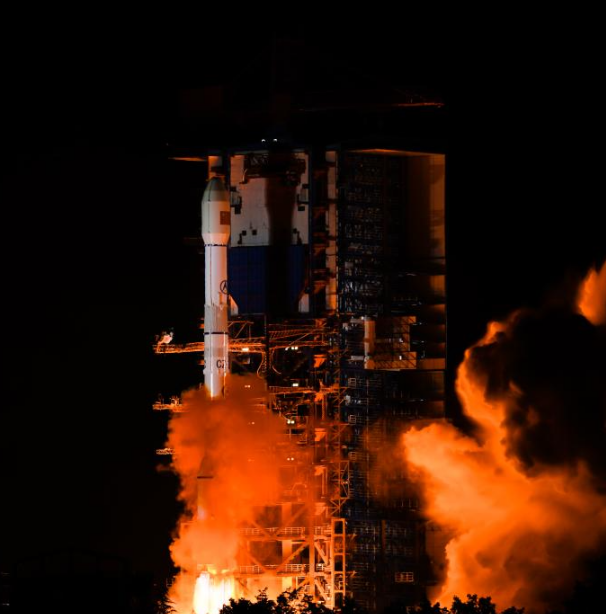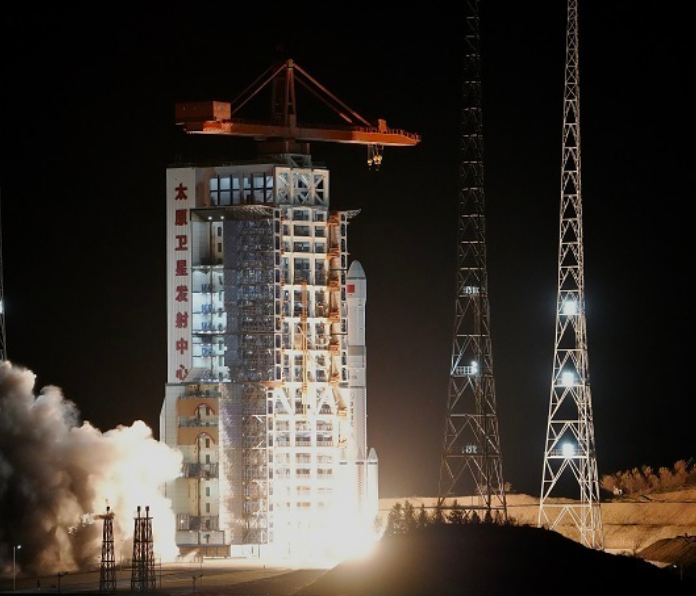16
2025-04
China Successfully Deploys World's First Cislunar Satellite Constellation

BEIJING, April 16, 2025 - China has successfully established the world's first three-satellite constellation in distant retrograde orbit (DRO) around the Moon, according to the Technology and Engineering Center for Space Utilization under the Chinese Academy of Sciences.
The constellation system, consisting of DRO-L, DRO-A and DRO-B satellites, has been operating stably for eight months since its completion in August 2024. During this period, Chinese scientists have achieved three world-first breakthroughs: low-energy spacecraft insertion into DRO, establishment of a 1.17-million-kilometer K-band inter-satellite link, and demonstration of autonomous satellite navigation in cislunar space.
The cislunar space, a strategic area connecting Earth and deep space, has a three-dimensional volume thousands of times larger than low Earth orbit. The distant retrograde orbit, located 70,000-100,000 km from the Moon, is considered a "natural harbor" in cislunar space due to its unique stability.
Wang Qiang, deputy director of the center, said the constellation will provide critical technical support for China's future deep space exploration and lunar base construction projects. Further research will focus on three-body orbital dynamics and ultra-precise atomic clock experiments.
Source: Xinhua
-
29
2025-05

Tianwen-2 Mission Launched Successfully
At 1:31 AM today, China successfully launched the Tianwen-2 planetary exploration probe from the Xichang Satellite Launch Center using the Long March-3B Y110 carrier rocket.
-
13
2025-05

Communication Technology Experiment Satellite No. 19 Successfully Launched
At 2:09 on May 13, China successfully launched the Communication Technology Experiment Satellite No. 19 from the Xichang Satellite Launch Center using a Long March 3B carrier rocket. The satellite smoothly entered its predetermined orbit, and the launch mission was a complete success.
-
12
2025-05

Remote Sensing Satellite No. 40, Group 02, Successfully Launched
On May 11 at 21:27, China successfully launched the Remote Sensing Satellite No. 40, Group 02, from the Taiyuan Satellite Launch Center using a Long March 6A carrier rocket. The satellite entered its predetermined orbit smoothly, and the launch mission was a complete success.









